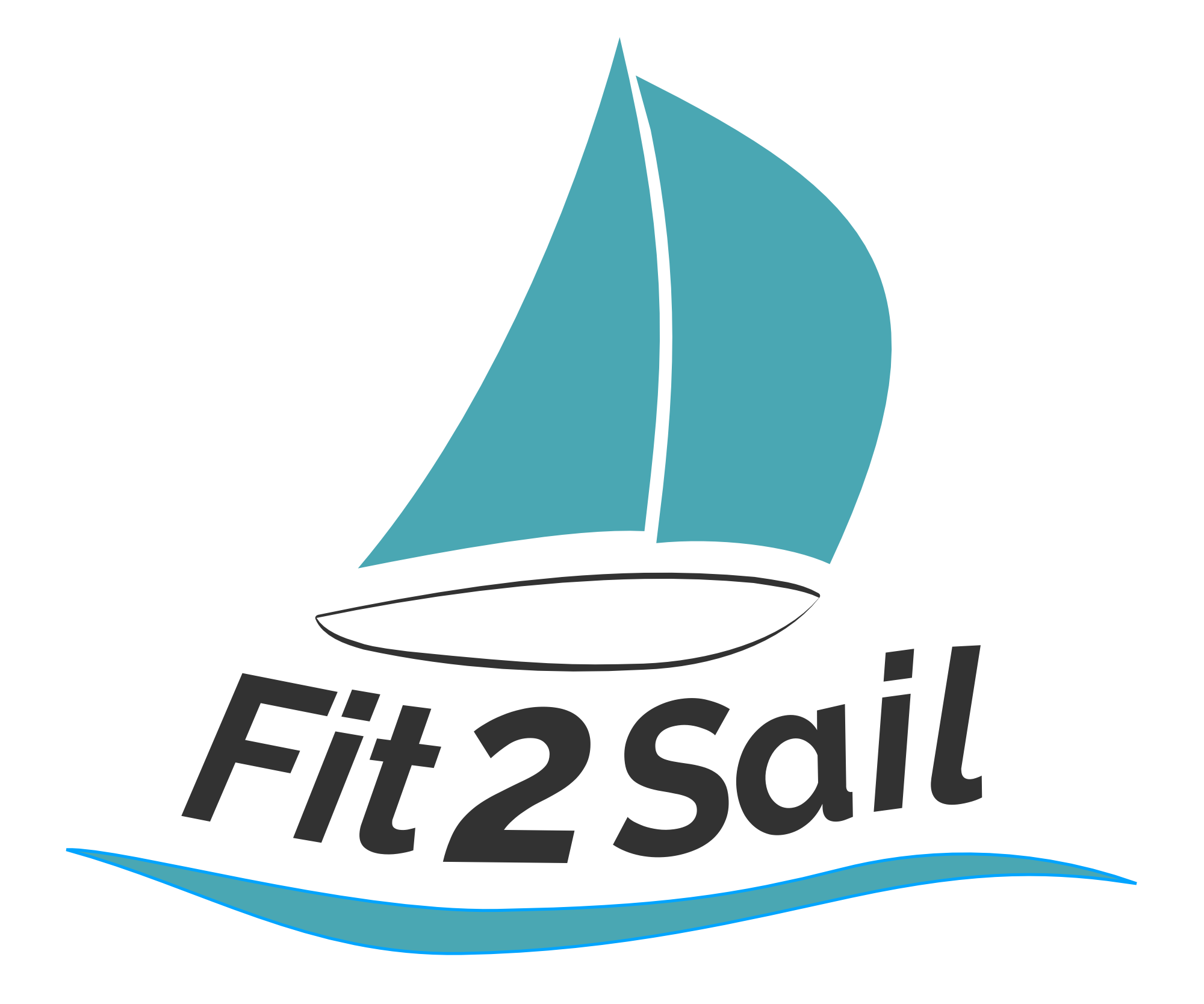Engine Winterizing - a primer
We winterized Calypso’s engine today. It’s November 17, and though we usually don’t even take the boat out of the water until after Thanksgiving, this year we’re keeping her in. This year, we’re also dismantling the entire 12 volt system, including removing the batteries (which are essential to starting the engine.) So we winterized today.
In essence, winterizing a marine engine means making sure any water in the hoses inside the engine is out. If water is in there and it freezes? Well, remember that ice takes up more space than water. If it doesn’t have space to expand, it’ll break whatever is trying to hold it back. You don’t want that to happen to your engine.
You don’t need to winterize an engine if you live in a place where it never gets below freezing. The Chesapeake? It gets below freezing. In our part of the Bay, the water itself seldom freezes, but it has in the last couple of years. Water is warmer than air, which means we have some grace period even if the air temps drop into the 20s (like they did last week). If we were on the hard, we’d have been concerned last week.
A few things to note.
We have a Yanmar 3YM 30 engine, installed by Jeremy in 2013 or so. It might have 100 hours on the engine. This is not a typo. We just have not used the boat a lot since we put the engine in.
It’s a fresh water cooled engine, meaning there is a closed loop inside the engine with fresh water that cools it. That fresh water is already anti-freeze heavy; no need to worry about it freezing.
Make sure you are using marine or RV grade anti-freeze. This stuff is pink in color - most importantly, it is non-toxic. Since you’re going to be pouring some of it into the water, you definitely don’t want to be killing any marine life. Look for the words MARINE or RV or NON-TOXIC.
Marine antifreeze. Yes, this is important.
So how do you winterize an engine?
IMPORTANT! If your raw water strainer is below the waterline, this technique will NOT work. You will have a geyser of raw (salt, if you’re in salt water) water shooting all over your boat. Go elsewhere for winterizing instructions. MAKE SURE YOUR RAW WATER STRAINER IS ABOVE THE WATERLINE.
Open the engine thru hull.
Open the raw water strainer (on our boat it’s above the waterline; this is not true with all engines - if yours is below the waterline you might have to have a valve just to draw antifreeze into the raw water loop.)
Pour 1 cup of antifreeze into the raw water strainer - it will disappear down the line and out into the water. This evacuates the water that’s in that line, effectively winterizing it.
Close the engine thru hull.
Refill the raw water strainer with antifreeze.
Start the engine.
Refill the raw water strainer with antifreeze until you (or some helper watching the exhaust fitting in the transom) see pink coming out of the exhaust.
Stop the engine.
Close the raw water strainer.
Ta DAH!
(PS. Sorry for the lack of photos. I thought I took them as we were doing this, but the ones showing the missing steps were beyond unrecognizably blurry. I’ll do a better job in the spring when we reverse the process.)





